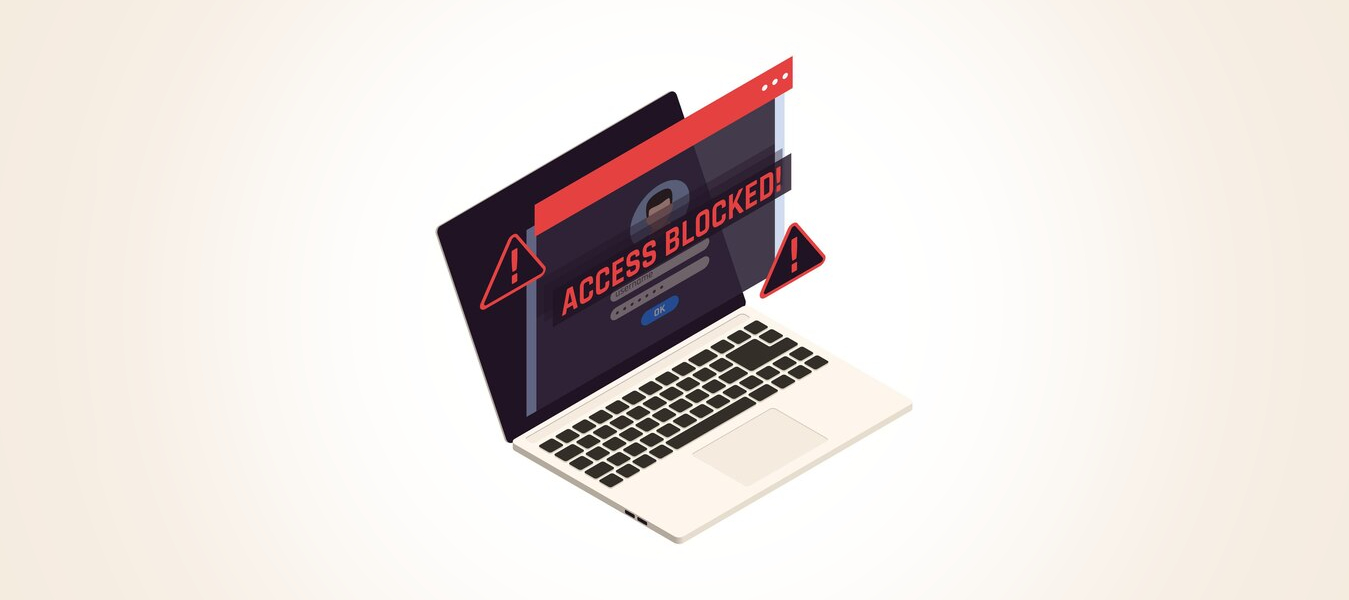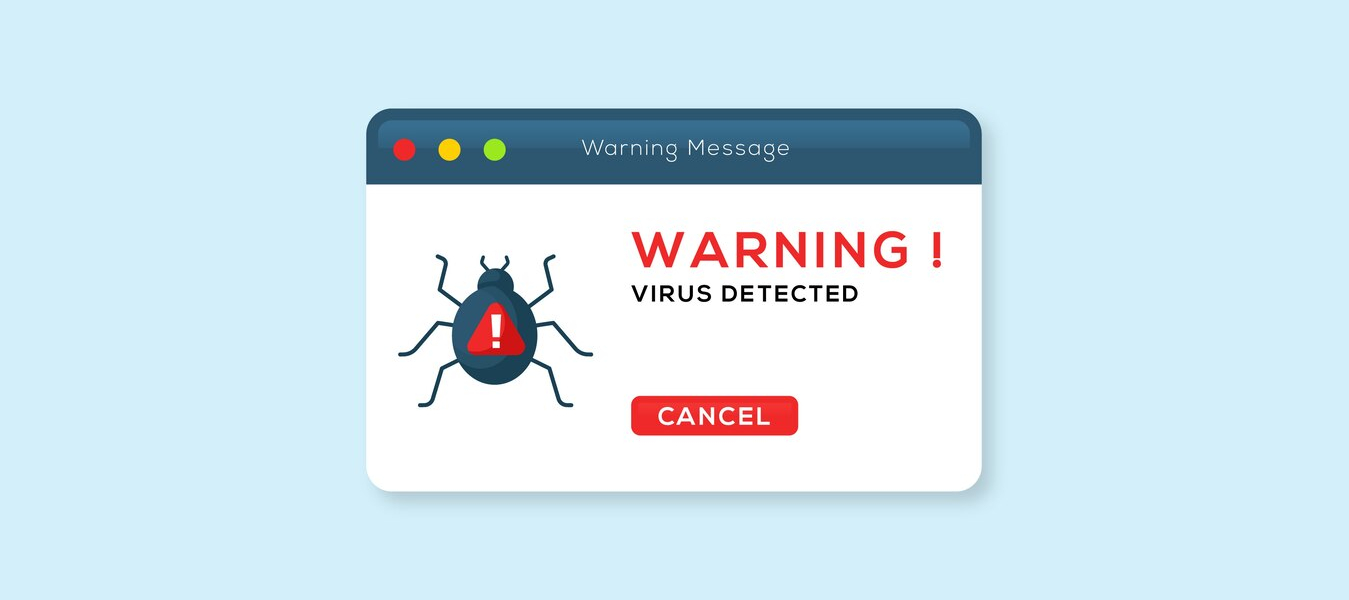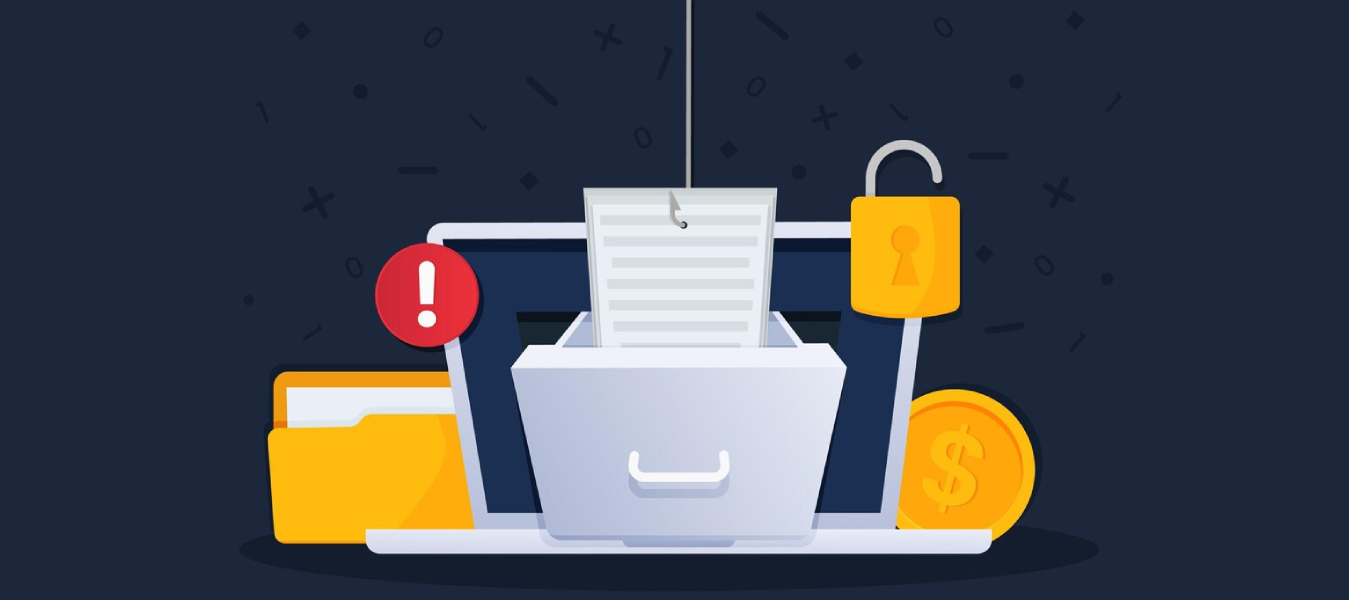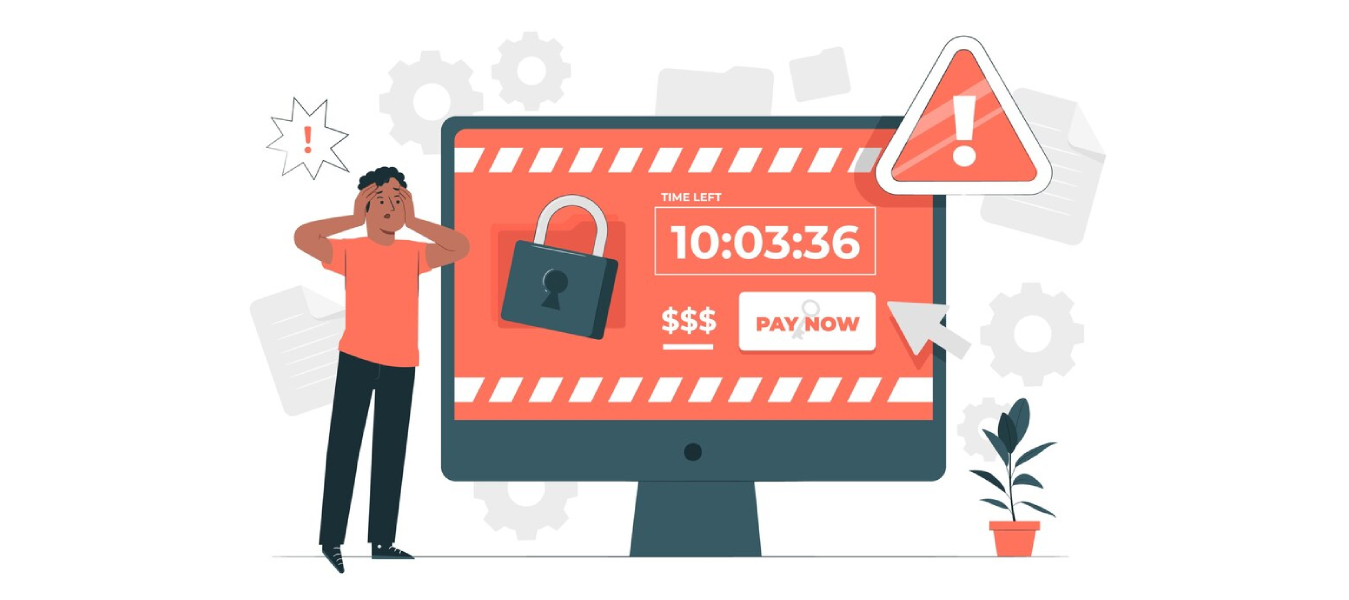
Brute Force Attack
What is a Brute Force Attack
A brute force attack is a cybersecurity technique in which an attacker systematically tries all possible combinations of passwords or encryption keys until the correct one is found. The goal of a brute force attack is to gain unauthorized access to a system, device, or user account.
Common Targets of Brute Force Attacks
Brute force attacks can target various entities, including:
- User accounts: Such as email, social media, and online banking accounts.
- Websites and web applications: To compromise access and deface content.
- Encrypted files or data: To decrypt and gain unauthorized access.
- Secure network services: Such as SSH, RDP, or FTP.
- Wi-Fi networks: To crack Wi-Fi passwords and access a network.
Variations of Brute Force Attacks
Brute force attacks come in different forms, including:
- Dictionary Attacks: Using a list of commonly used passwords to guess the target password.
- Credential Stuffing: Attempting known username and password pairs obtained from previous breaches on multiple websites.
- Online Attacks: Directly targeting a live system or network, typically using automated tools.
- Offline Attacks: Attempting to crack a stolen or encrypted database offline.
- Hybrid Attacks: Combining brute force attempts with dictionary words and patterns.
How Brute Force Attacks Work
Attack Methodology
Brute force attacks work by systematically trying all possible password combinations until the correct one is discovered. Attackers utilize automated tools that generate, guess, or modify passwords rapidly. The success of such attacks depends on factors like password complexity, length, and the speed of the attacker’s tools.
Tools and Techniques
Attackers employ various tools and techniques to carry out brute force attacks, including:
- Password Cracking Tools: Software designed to automate password guessing.
- Rainbow Tables: Precomputed tables of encrypted passwords for quick comparison.
- Salting: Adding a unique value to each password before encryption to thwart attacks.
- Rate Limiting and Account Lockout Policies: Implementing restrictions on the number of login attempts.
- Multifactor Authentication (MFA): Requiring an additional authentication factor beyond a password.
Consequences of Successful Brute Force Attacks
The consequences of a successful brute force attack can be severe, including:
- Unauthorized access to sensitive data or accounts.
- Data theft, tampering, or destruction.
- Reputation damage and loss of customer trust.
- Legal and regulatory consequences for data breaches.
- Disruption of services or network access.
- Financial losses and recovery expenses.
Preventing Brute Force Attacks
Best Practices for Individuals
Individuals can protect themselves from brute force attacks by:
- Using strong, complex passwords.
- Enabling multifactor authentication (MFA) on all accounts.
- Changing passwords regularly.
- Avoiding common or easily guessable passwords.
- Monitoring accounts for unauthorized access.
- Being cautious about sharing or reusing passwords.
Best Practices for Businesses and Organizations
Businesses and organizations can enhance their cybersecurity by:
- Implementing account lockout policies and rate limiting.
- Regularly auditing and monitoring login attempts.
- Educating employees on secure password practices.
- Using security tools to detect and block brute force attempts.
- Encouraging the use of multifactor authentication (MFA).
- Conducting regular penetration testing and vulnerability assessments.

